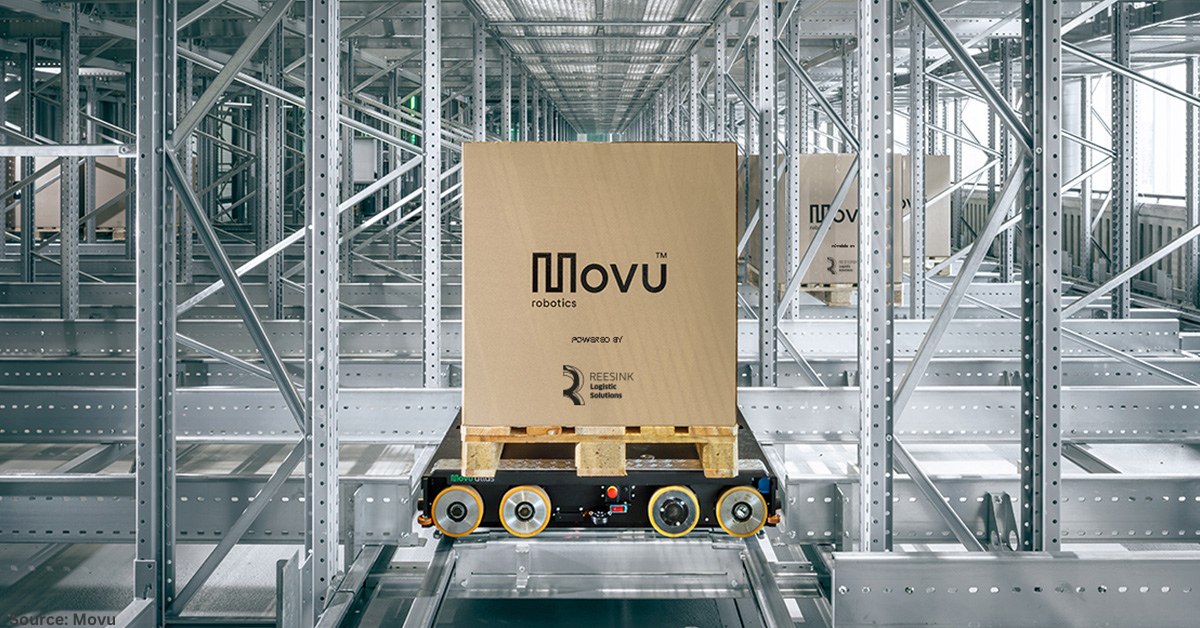Consumer confidence has hit its highest level since late June, leaping 4.9 per cent in the past week.
The weekly ANZ-Roy Morgan survey released on Tuesday found all its consumer confidence sub-indices improving except “time to buy a major household item”, which was down 0.5 per cent.
“Current financial conditions” rose 5.4 per cent, while “future financial conditions” gained 8.2 per cent from the week before and moved back above 100 and into net positive territory for the first time since late May.
The “current economic conditions” sub-indice rose 13.8 per cent to its highest level since early June.
ANZ head of Australian economics David Plank said the drop in consumer confidence in the week of the Reserve Bank’s cash rate lift has been “more than completely reversed” in the latest survey.
“Across the major states, confidence was up very strongly in Western Australia and made solid gains in NSW and Victoria,” he said.
“Confidence declined in Queensland and South Australia, however.”
He said the sentiment about “future financial conditions” spoke to the strength of the labour market.
CommSec expects the jobless rate to be steady at 3.5 per cent, with 20,000 jobs created in July.
The survey came as the Reserve Bank released its monetary policy meeting minutes on Tuesday.
At that meeting the RBA board lifted the cash rate 50 basis points to 1.85 per cent, in a bid to get inflation back to its target band of two to three per cent.
“The behaviour of household spending continued to present a key source of uncertainty for the outlook,” the RBA minutes read.
While many households had “large financial buffers”, the board said, “some households will face financial pressures in the period ahead, particularly those with low savings buffers and high debt”.
“Members will be paying close attention to how the balance of these various factors affects the outlook for spending in their assessment of the appropriate setting of monetary policy.”
CommBank’s latest household spending intentions index showed a mixed result across sectors in July.
The index rose 1.05 per cent over the month, taking it to 114.8.
An index number above 100 indicates spending intentions are higher than they were as at the start of the index in 2017.
The improvement was narrowly based on entertainment, transport, retail and utilities being up, while there were declines on the month for home buying, travel, health and fitness, education and household services.
On an annual basis the index was up 12.2 per cent relative to July last year, which was impacted by COVID-19 lockdowns in NSW and Victoria.
The RBA minutes said risks to the global economic outlook were “skewed to the downside” due to pressures on real incomes from higher inflation, the tightening of monetary policy in most countries, Russia’s invasion of Ukraine and the COVID-19 containment measures in China.
“Given high inflation, the resilient economy and the tight labour market, and taking into account the risks, members agreed it was appropriate to continue the process of normalising monetary conditions,” the board said in justifying the rate rise.
“The size and timing of future interest rate increases will be guided by the incoming data and the board’s assessment of the outlook for inflation and the labour market, including the risks to the outlook.”
with news from AAP























































Follow us on social media